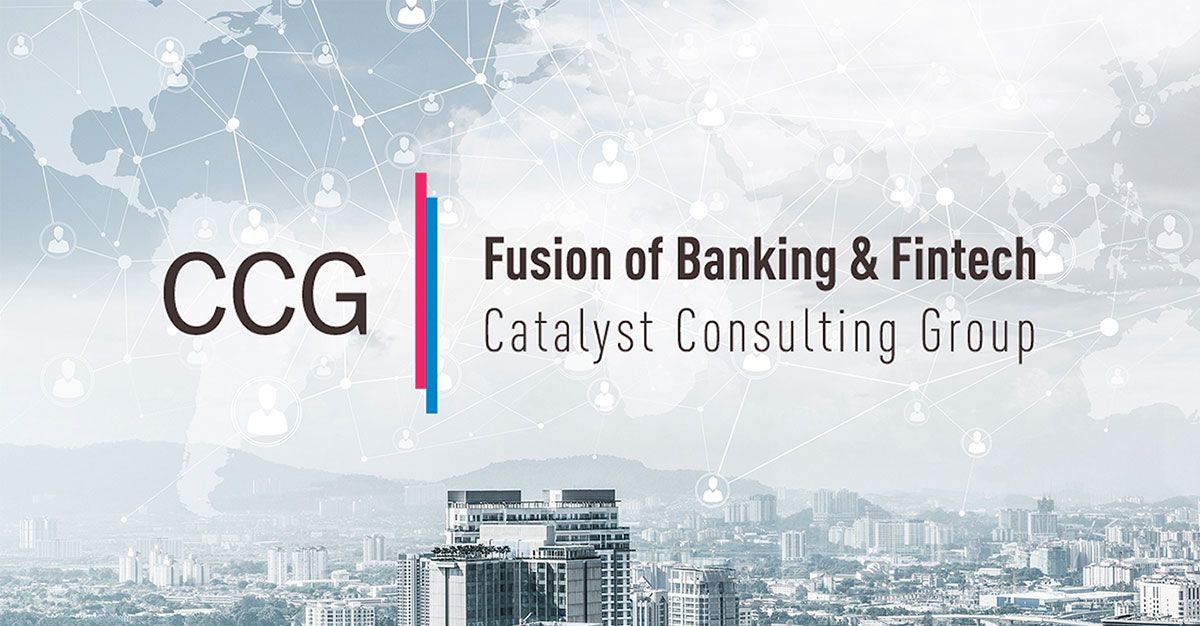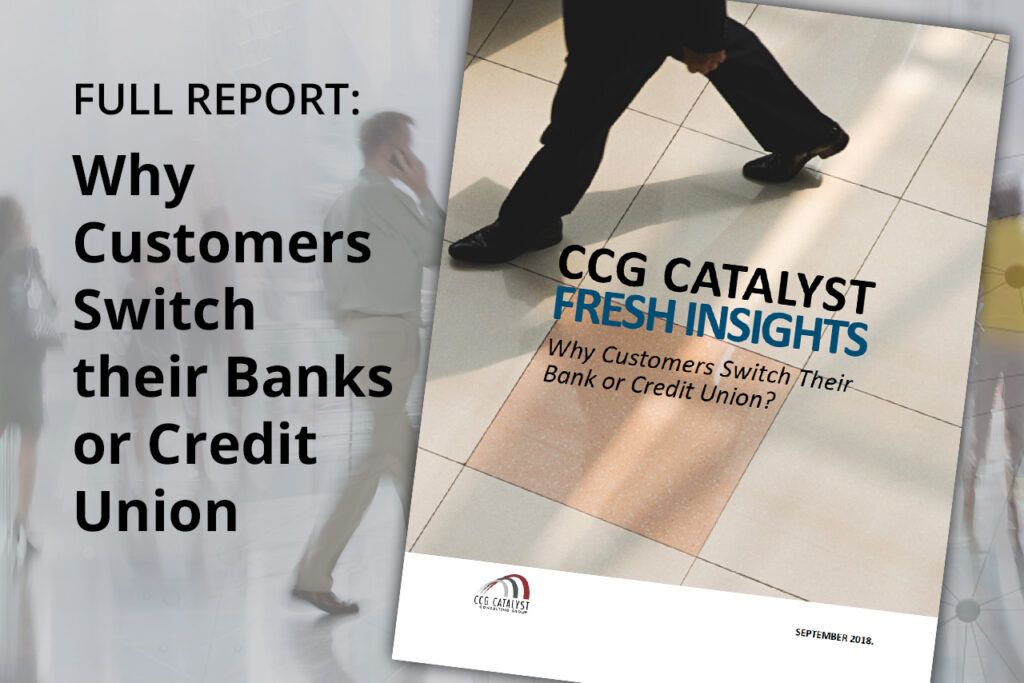Digital Dreams – Expanding Commercial Banking Capabilities
How digital are we? Since the advent of digital application technology (“an app for that”), financial institutions (FIs) have been struggling with what it means to be digital. Questioning whether online banking is sufficient for commercial customers and wondering if enhanced User Interfaces (UI) and User Experience (UX) is enough to satisfy them. FIs are wrestling with how and if they are capable of deeply integrating institutional processes with their customers’ processes and partners or if this is a dream.
Basic business online banking is commoditized, meaning it no longer drives value to the business customer. Balances, transaction reporting, internal and external money movement and payments are expected. Real-time payments and accounting integration are demanded, but rarely if ever delivered. Moreover, UI and UX are competitive necessities and will remain at the top of to-do lists. Informed by the consumer technology markets the UI/UX bar will be raised, continually. Extending business online banking through mobile applications and partnering with fintech services such as Zelle® help online commercial offerings remain more relevant, but do not integrate the customer’s process flows where real value lies.
The use of digital assets and APIs to extend the institutions back, middle, and front offices to the customers’ business process flows is necessary to some institutions. The idea is bewildering to others, especially those that do not have the capital, IT and business resources to accomplish the task. Benefits include retention and growth by better serving commercial customers’ needs and increasing fee-based revenues by offering enhanced services integrated with digital partners. A proof is that commercial API-banking development has started at the largest American FIs. Collaborative banking industry API-Banking infrastructure and API standards development began last year e.g., NACHA Afinis Interoperability Standards efforts (www.afinis.org). In the International standards area, the European Union has somewhat paved the way for API-banking in payments through the Payment System Directive II (PSD2). The SWIFT ISO 20022 group continues to create and enhance financial forms that can travel in the technologies used to create APIs (e.g. IFX).
No matter the starting stance, as institutions navigate the new digital sea of API-banking (see table), they must form a cohesive digital commercial banking strategy to fully understand the costs of investing in capability and the opportunity costs of not playing. They must also understand the ramifications, management requirements, risks and benefits of partnering with external fintech partners to accomplish the end goal.
API-banking is an ultimate customer engagement strategy; it could be transformative. Value is derived through process integration and innovation that helps the business improve, compete, and survive. New digital technologies and API approaches are the means to get there. The US banking industry is beginning to embrace API-banking as a means to deliver value inside their customers’ business processes. Providing a more automated and integrated experience between banking systems and financial applications is key. Strategic FIs are working toward the dream of many commercial customers – continuous integrated processes with a real-time process-aware supply of information that can shorten business cycles, reduce financial risk, and increase growth. The journey is just beginning for most institutions. Consultancies such as ourselves, CCG-Catalyst Consulting Group, can help your institution define a path.
How FIs Position Digital Commercial Capabilities
| Competitive Position | Description | FI Scale |
| Traditionalists | Offer online business banking, most have mobile banking apps that are the extension of a limited-service set. Transmission of data files to mid-sized and large corporate house accounts | Large community, regional, mid-sized |
| Defensive | Added to above… offer data downloads and uploads through online banking platform, productized transmissions of aggregated payables and receivables. May have a comprehensive approach. Online and high-speed payment transmission. May have partnered with mobile payments solutions for small and mid-sized business markets | Mid-sized regionals Large regionals |
| Strategic | Added to above… have already integrated with customer processes on a custom basis and may have standard services. Already has a Treasury Management API working group, may have proof of concepts, maybe participating in industry groups | Top tier Large regionals |
| Ground-breaking | Mostly in Europe and Asia. A handful of digital-only banks (some of which are fintech firms underwritten by smaller banks) are built for a fully digital experience from the ground up, back to front | Experimental Emerging |
- Bank Information Technology
- Bank Core Vendor Evaluation
- Bank Core Contract Negotiations
- Bank Core Conversion
- Bank IT Performance Improvement
- Bank IT Project Effectiveness
Subscribe to CCG Insights.







